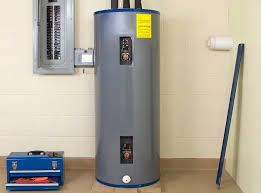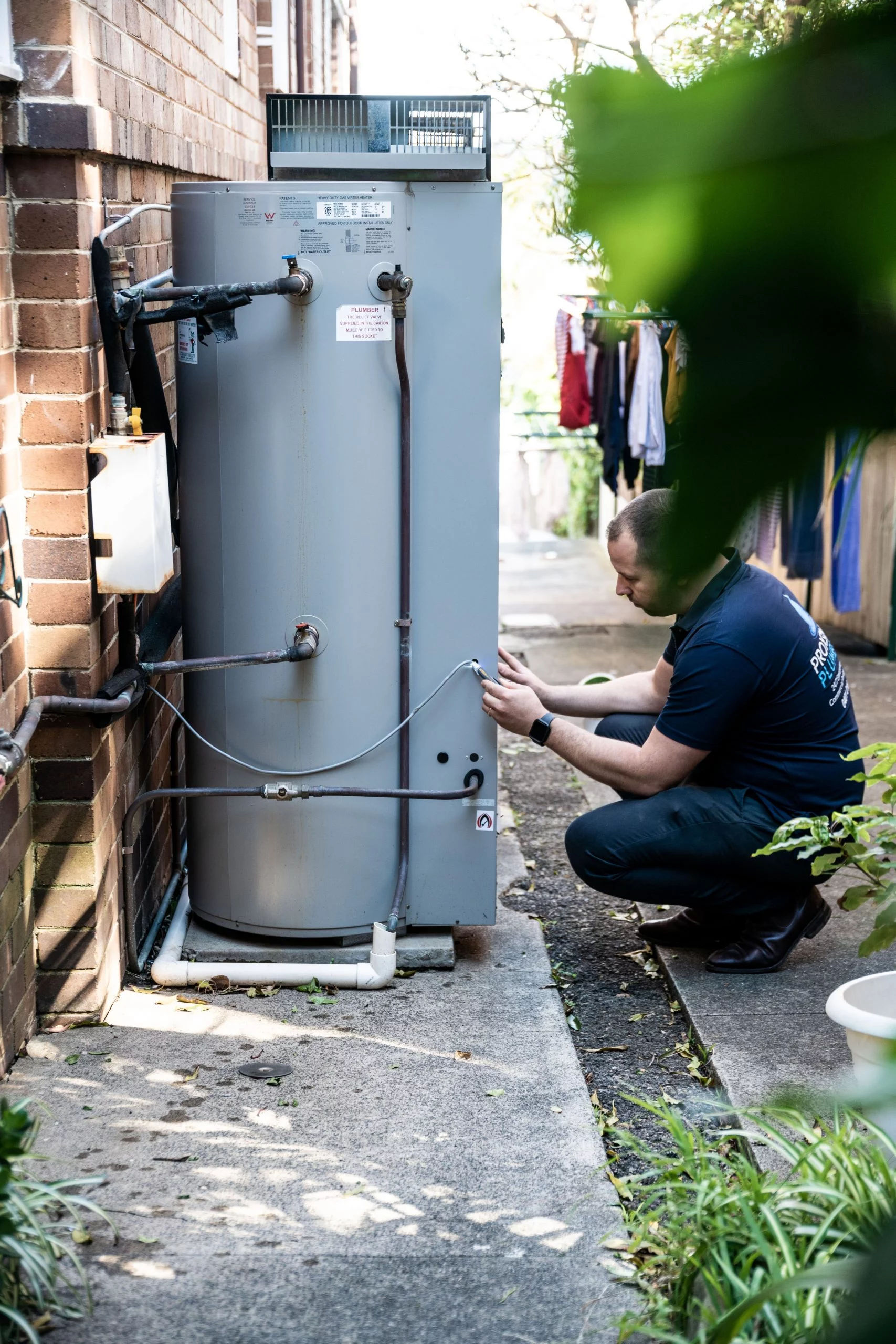Are you interested in ideas involving What Kind of Maintenance Do Water Heaters Need??

Warm water is important for everyday comfort, whether it's for a rejuvenating shower or cleaning dishes. To ensure your warm water system runs successfully and lasts longer, routine maintenance is crucial. This article provides practical pointers and insights on how to preserve your home's warm water system to stay clear of disruptions and expensive repair services.
Intro
Maintaining your home's hot water system may appear daunting, yet with a few simple steps, you can guarantee it operates smoothly for many years to find. This overview covers every little thing from recognizing your hot water system to DIY maintenance suggestions and understanding when to employ expert aid.
Relevance of Keeping Your Warm Water System
Routine maintenance not only prolongs the life expectancy of your warm water system yet additionally guarantees it runs successfully. Disregarding upkeep can lead to decreased efficiency, higher energy bills, and even premature failing of the system.
Indicators Your Warm Water System Needs Maintenance
Knowing when your hot water system needs attention can prevent significant concerns. Keep an eye out for indicators such as irregular water temperature level, weird sounds from the heating system, or rustic water.
Flushing the Hot Water Heater
Purging your hot water heater gets rid of sediment buildup, improving performance and lengthening its life.
Monitoring and Changing Anode Rods
Anode rods avoid corrosion inside the tank. Checking and replacing them when worn out is vital.
Complicated Problems Requiring Specialist Aid
Instances include significant leakages, electrical problems, or if your hot water heater is continually underperforming.
Regular Professional Maintenance Conveniences
Expert maintenance can include extensive evaluations, tune-ups, and ensuring conformity with security requirements.
Inspecting and Readjusting Temperature Level Settings
Adjusting the temperature level settings makes certain ideal performance and safety.
Do It Yourself Tips for Maintenance
You can perform numerous maintenance jobs yourself to maintain your hot water system in top condition.
Looking for Leaks
Regularly evaluate pipes and connections for leakages, as these can result in water damages and higher costs.
Comprehending Your Warm Water System
Before diving right into maintenance jobs, it's useful to recognize the basic elements of your warm water system. Generally, this consists of the water heater itself, pipelines, anode rods, and temperature level controls.
Regular Monthly Upkeep Tasks
Regular regular monthly checks can help capture small concerns before they rise.
Testing Stress Relief Valves
Checking the pressure relief valve ensures it works correctly and stops excessive pressure build-up.
Insulating Pipelines
Insulating warm water pipelines decreases heat loss and can conserve energy.
When to Call an Expert
While do it yourself upkeep is advantageous, some concerns require expert knowledge.
Final thought
Routine maintenance of your home's hot water system is important for efficiency, longevity, and cost financial savings. By adhering to these ideas and understanding when to look for professional help, you can make sure a reputable supply of warm water without unexpected interruptions.
How to Maintain an Instant Hot Water Heater
Before tinkering with your hot water heater, make sure that it’s not powered on. You also have to turn off the main circuit breaker and shut off the main gas line to prevent accidents. Also turn off the water valves connected to your unit to prevent water from flowing into and out of the appliance. 2. When you’re done, you have to detach the purge valves’ caps. These look like the letter “T” and are situated on either side of the water valves. Doing so will release any pressure that has accumulated inside the valves while at the same time avoid hot water from shooting out and burning your skin. 3. When the purge valves’ caps are removed, you have to connect your hosing lines to the valves. Your unit should have come with three hoses but if it didn’t, you can purchase these things from any hardware or home repair shops. You can also get them from retail stores that sell water heating systems. Read the user’s manual and follow it to complete this task properly. When the hosing lines are connected, open the purge port’s valves. 4. You should never use harsh chemical cleaners or solutions when cleaning your unit. Make use of white vinegar instead. It should be undiluted and you’ll probably use about 2 gallons. 5. Now flush your water heater. This task should probably take about 40 minutes. We can’t give you specific directions for this because the procedure is carried out depending on the type, model and brand of your heater. With that being said, refer to the user’s manual. 6. When you’re done draining the unit, you have to turn off the purge port valves again. Remove the hosing lines that you earlier installed on each of the water valves. Put the valve caps (purge port) back in their respective places and be very careful so as not to damage the rubber discs that are found inside these caps. 7. Now that everything’s back in place, check your user’s manual again to find out how to reactivate your water heating system. 8. Once it is working, turn one of your hot water faucets on just to let air pass through the heater’s water supply pipes. Leave the tap on until water flows smoothly out of it. https://www.orrplumbing.com/blog/2014/september/how-to-maintain-an-instant-hot-water-heater/

As a devoted reader on What Kind of Maintenance Do Water Heaters Need?, I think sharing that piece of content was valuable. For those who appreciated our blog entry if you please make sure you remember to share it. Thanks for your time. Please check our blog back soon.
Go Company